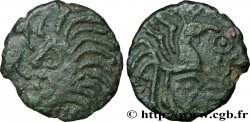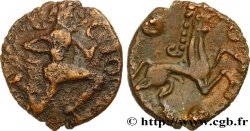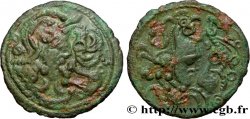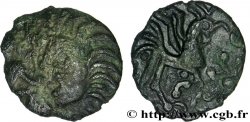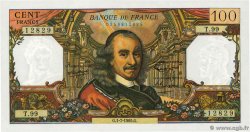bga_959303 - GALLIA BELGICA - BELLOVACI (Area of Beauvais) Bronze au personnage courant au sanglier - revers à l’androcéphale
150.00 €(Approx. 169.50$ | 129.00£)
Quantity
Add to your cart

Type : Bronze au personnage courant au sanglier - revers à l’androcéphale
Date: c. Ier siècle avant J.-C.
Mint name / Town : Beauvais (60)
Metal : bronze
Diameter : 16 mm
Orientation dies : 3 h.
Weight : 2,78 g.
Rarity : R3
Coments on the condition:
Bronze sur un flan large et plutôt régulier. Les types sont bien centrés. Belle patine verte
Catalogue references :
Obverse
Obverse legend : ANÉPIGRAPHE.
Obverse description : Personnage courant à droite, la tête tournée à droite, un petit sanglier sur le bras ; derrière le personnage, un annelet pointé.
Reverse
Reverse legend : ANÉPIGRAPHE.
Reverse description : Cheval androcéphale à droite entre deux gros globules ornés chacun de trois points posés en triangle.
Commentary
C’est la deuxième fois que nous rencontrons et proposons cette rare variante au sanglier !.








 Report a mistake
Report a mistake Print the page
Print the page Share my selection
Share my selection Ask a question
Ask a question Consign / sell
Consign / sell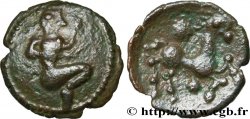
 Full data
Full data